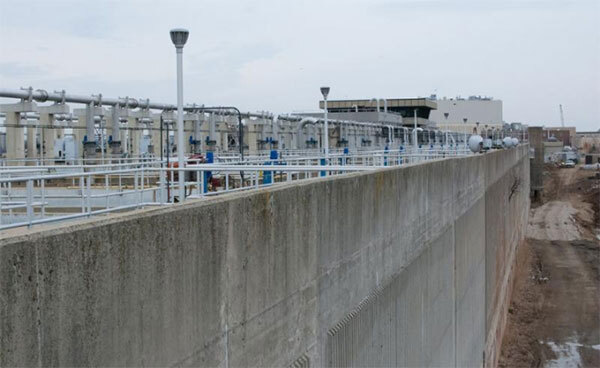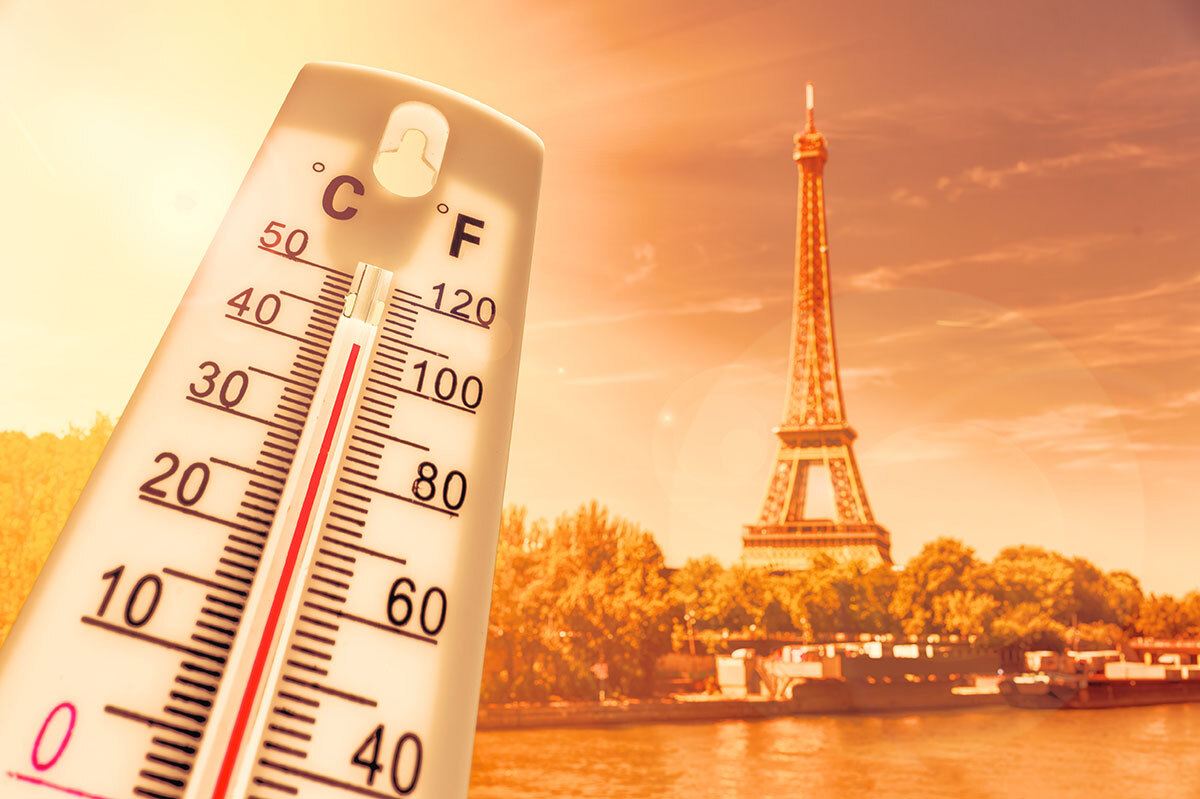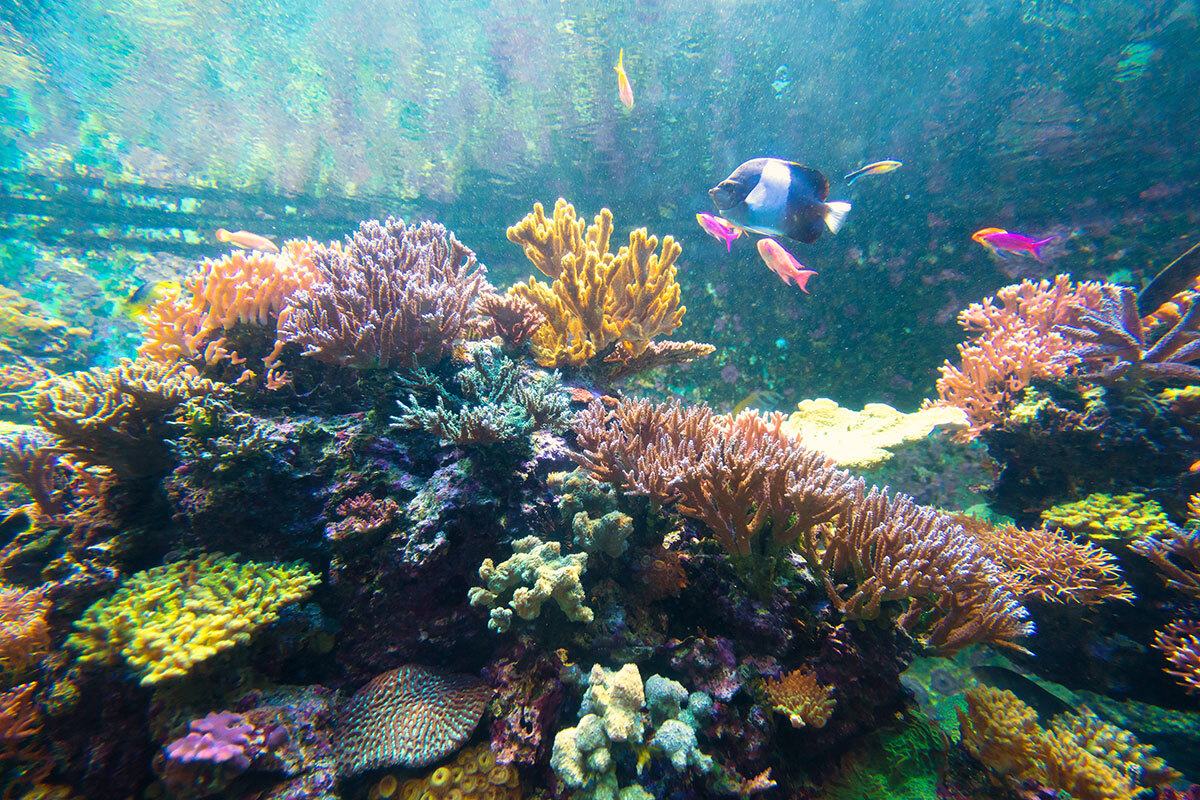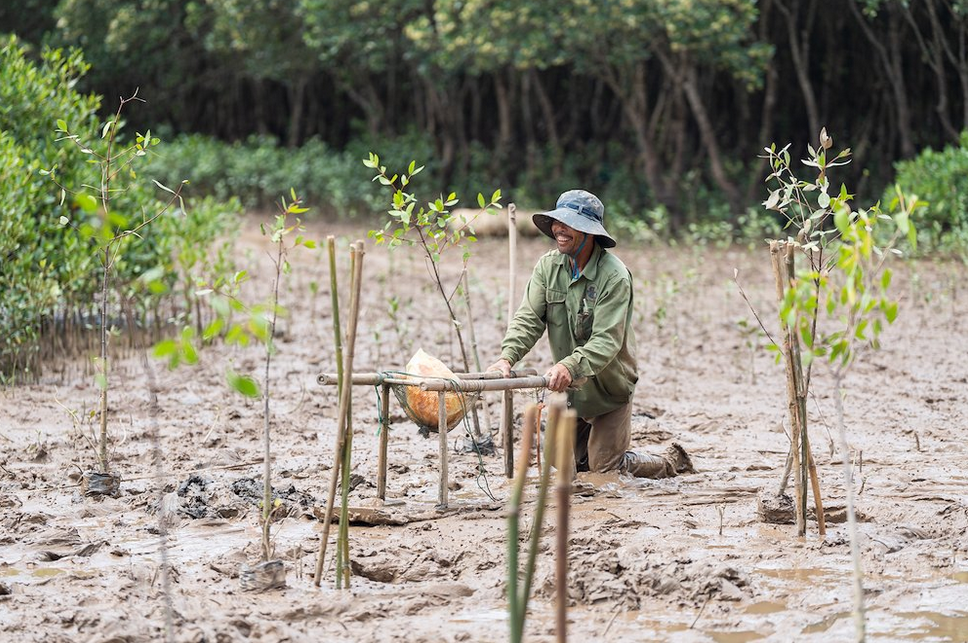
Image Credit: Alicia Pimental, Chesapeake Bay Program. CC BY-NC 2.0 (https://creativecommons.org/licenses/by-nc/2.0/), via Flickr.
Climate change impacts
The metropolitan area surrounding Washington D.C. in the United States is susceptible to tidal flooding along the Potomac and the Anacostia River. Sea levels in the Central Atlantic Coast have risen by nearly 10 inches over the last 80 years. Recently, minor storms and high tides have frequently caused "nuisance flooding," sloshing water over roads and sidewalks. According to a survey by NOAA (Note 1), Washington, D.C., is one of the most flood-prone areas in the nation, with a 373% increase since the 1950s. In addition, sewage from all areas of the D.C. metropolitan area flows to a facility called the Blue Plains Advanced Wastewater Treatment Plant (located at the lowest elevation of Washington, D.C.) has recently become susceptible to sea level rise.
Adaptation activity
The District of Columbia Water and Sewer Authority (DC Water) has implemented two measures to protect advanced wastewater treatment plants from flooding.
First, with the cooperation of government agencies and climate scientists, DC Water have helped stakeholders consider how climate change would impact the region over the next few decades. As part of a regional vulnerability assessment, the research group, including climate scientists, used climate projection data to assess potential changes in sea level, high tides, and extreme weather. In addition, a list was created of both physical (e.g., hospitals) and intangible (e.g., tourism economy) urban assets which are critical for people’s livelihoods and necessary to protect. confirming what infrastructure may be affected by storms, and establishing the cost of incorporating resilience in monetary terms. As a result, increasing resilience was found to be cheaper than reconstruction after disasters. The Study Group then developed an implementation plan to make cities as resilient as possible to mitigate climate change impacts.
DC Water invested $13.2 million and decided to build a 17 feet (approximately 5 meters) high seawall around the Blue Plains Advanced Wastewater Treatment Plant (fig.).
In a second initiative, DC Water worked with power companies in the region to construct its own 10-megawatt combined heat and power plant. DC Water pumps 370 million gallons (approximately 1.4 million cubic meters) of wastewater each day and uses a lot of electricity to maintain the pumping system, which also filters and disinfects the water. A combined heat and power supply plant will improve response in the event of a power outage, enabling reductions in carbon emissions and energy costs.
Outputs / Expected benefits
Seawalls can protect advanced wastewater treatment plants of 150 acres (approximately 610,000 square meters) against 500-year floods. DC Water is planning for the future, despite the fact that the full implementation of the program will take several years. Not only is it expected that the combined heat and power facilities will reduce the amount of power used in plants and protect the supply of electricity in emergencies, there will also be a reduction in power plant carbon emissions by over a third. This advanced wastewater treatment plant is considered to be Washington D.C.’s most valuable asset, supporting the lives of two million people in Washington, Maryland, and Virginia.

Fig. First part of seawall constructed in 2011
(Scheduled to be completed in 2021)
(Source: U.S. Climate Resilience Toolkit - "Protecting Critical Infrastructure in the Nation's Capital)
Footnote
(Note 1) National Oceanic and Atmospheric Administration (U.S. Marine and Atmospheric Administration)
Related Information
KEYWORDS
- # Case Study
- # Coastal Areas
- # Energy
- # Infrastructure
- # Life of Citizenry and Urban Life
- # Natural Disasters
- # Water Environment/Water Resources
- # Adaptation Action/implementation
- # Adaptation Planning/Policy
- # Climate Mitigation Co-Benefits
- # Climate Projection
- # Disaster Prevention/Disaster Mitigation
- # Impact Assessment/Risk Assessment
- # Research/Innovation
- # North America
- # United States
- # 2021




